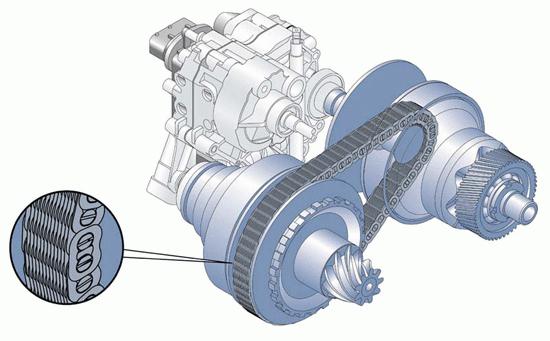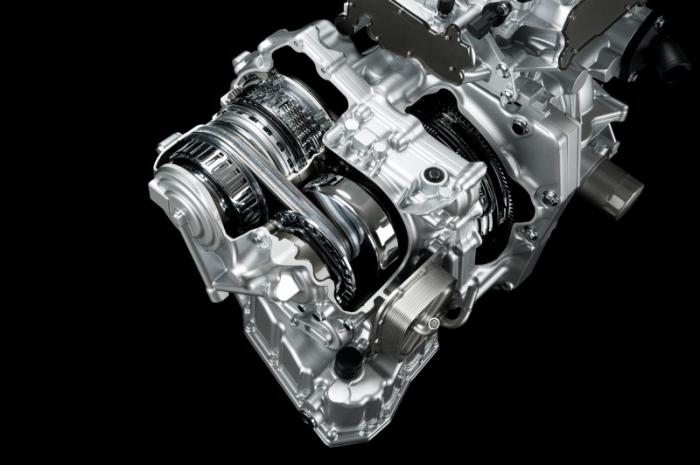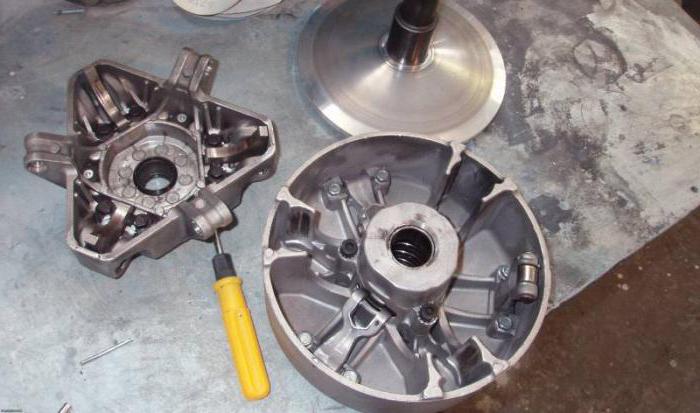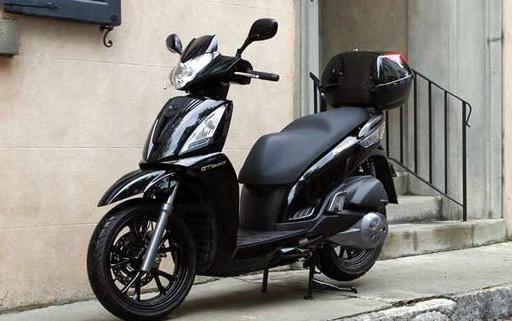Variator: what is it? Let's see
There is an infinite number of admissiblemodes when driving a car. The optimum engine performance can only be ensured if the number of steps in the gearbox is also infinite. In this case, it is appropriate to use a variator. What it is? This is the only type of gearbox at the moment that allows the stepless transformation of the transmission ratio between the transmission and the engine. This means that each mode of operation of the car can work with the most effective value of the gear ratio, rather than the average, as in other variants of transmissions.

Variator: what is it?
Due to the constant operation of the engine in the zoneoptimum speed is achieved increased efficiency, better performance dynamics, lowering the level of toxic emissions. Here the gear ratio is smoothly changing, and not stepwise, so these cars are characterized by smooth running. The service life of the transmission units increases due to the absence of jerks during the gear shift, this is what the CVT is characterized by. What is it and what is it intended for? This device is small in weight, simple in design, and also of sufficient reliability. Like automatic transmissions, it is designed to rid the driver of the need to switch.

disadvantages
Now, when it is clear, what is good about the variator (thatthis is, you already know), the question arises whether this is the ideal gearbox. No. The main disadvantage of this variant is that it is friction, that is, it works not due to gear clutch, but due to friction, therefore it is able to transmit limited torque. When it exceeds the working surfaces will skip, which leads to intense wear. This suggests that it can not be used together with a powerful engine.

What is its principle of operation?
At the moment, cars use twotype: torus and V-belt. The second consists of a pair of sliding pulleys, between which the belt is tensioned. One of the pulleys is connected to the engine, being the leading one, and the second one with the wheels - the slave. Pulleys are sliding, that is, they consist of halves. When they approach each other, the belt is ejected outward, and when they expand, the belt fails. Radii, by which the belt moves, change synchronously. The result of this is a smooth transformation of the ratio: if the radius of the driving pulley is less than the slave, the transmission will be reduced, otherwise - increased.
Torus variator involves the use ofcone-shaped disks instead of sliding pulleys, and the belt is replaced by rollers. The drive is connected to the crankshaft of the engine, and the driven drive to the transmission. Rollers are pressed against the discs, and transmit the torque. Repair of variators in this or that case assumes replacement of worn out parts with new ones.








